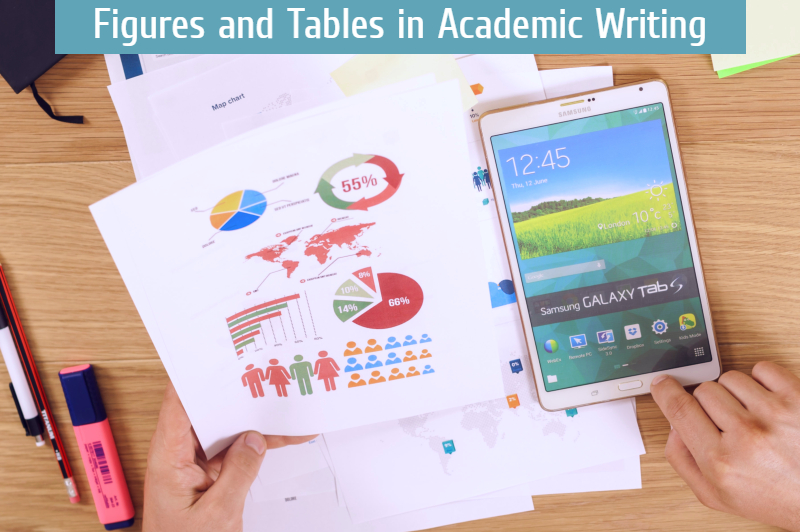How to Present Data in an Academic Article
April 25, 2022| Category: Writing Tips
One of the most important decisions you will make when writing an academic paper is how to present your data. You will need to know which data should be placed in tables, which data is best shown in figures, and how to make both of these display items as clear and as easy to interpret as possible.
Presenting data in figures and tables instead of describing it in the text enables you to quickly and easily convey large amounts of complex information. Consequently, you will be able to enhance and even accelerate reader understanding of your paper.

When deciding between whether to present data in a table or figure, it is helpful to consider what type of data you have and what message you are trying to convey. Generally speaking, tables are best suited to presenting specific numerical values, whereas figures are best for showing summaries, trends, and comparisons.
What Important Aspects of Presenting Data in Figures and Tables Should One Know?
How can you present data as clearly as possible in your paper’s figures and tables? There are a few important principles that can help you easily achieve this goal:
- The goal of a display element is to enable readers to quickly and easily understand the most important aspect(s) of your findings. For that reason, simplicity is the key to making sure this message gets across clearly. For both figures and tables, this can be achieved by striving for a simple, visually appealing presentation. It should focus primarily on the data (e.g. values, trendlines) and eliminate any unnecessary elements (e.g. horizontal lines on graphs, data labels, etc.).
- Closely related to the concept of simplicity is that of consistency. It applies to how data are presented in a series of figures or tables within the same paper. Essentially, each display item should be formatted in a similar way. Therefore, it will make them easily comprehensible together and avoid requiring readers to decode a new color scheme or presentation style for each display item. For example, if the same set of experimental groups appears in more than one table, these groups should always be listed in the same order to facilitate inter-table comparison.
- Finally, each figure or table should, ideally, be fully understandable without needing to refer to the main text. This means, for example, that figure legends should describe the experimental methods that were used to generate the data shown in that figure and all symbols should be clearly defined. Table footnotes can be used to define acronyms or abbreviations if they are not written out in full in the table itself.
Adhering to these principles will help readers quickly and easily grasp the most important points from each figure and understand how they fit into the paper as a whole.
How to Integrate Figures and Tables into the Paper?
While figures and tables should ideally be fully interpretable on their own, as mentioned above, in a well-written paper they will also integrate seamlessly into the main text to tell a cohesive story. To help incorporate figures and tables naturally into the text of the paper, we recommend keeping the following points in mind:
Make sure to cite each table and figure in the main text.
Generally speaking, the display element should be cited directly after the relevant finding is described in the text, e.g. ‘Overall, 70% of patients showed significant improvement two weeks post-surgery (Fig. 3A).
Do not repeat information in both the text and a display item.
Figures and tables should complement the text. Avoid repetition and redundancy. For example, the text can state that “the value for group A was significantly higher than that for group B”, then cite a table to direct readers’ attention to the actual values (e.g. group A = 7.2, group B = 3.5, p-value < 0.5).
Similarly, avoid showing data in both a table and a figure.
This can confuse readers by making the findings more difficult to interpret. If the overall trend or summary is the most important conclusion that you wish to highlight, a figure is probably best; whereas if you primarily wish to show or compare specific values, a table is probably a better choice.
Ideally, each figure or table should correspond to a single subsection with the Results section.
This makes it easier for readers to find the data that support a claim made in the text, and provides a clear and logical structure for the article as a whole.
Consider using declarative figure and table titles.
This will help readers quickly grasp the most important conclusion drawn from the data shown in that figure or table. A declarative title is written in present tense and states a conclusion, instead of a description. For example, instead of titling a figure ‘Investigating the effects of compound A on reaction X’, try something like ‘Compound A increases the rate of reaction X.’ Often this figure title will be very similar to the title of the corresponding subsection of the Results, which will help reinforce the overall structure of the paper.
